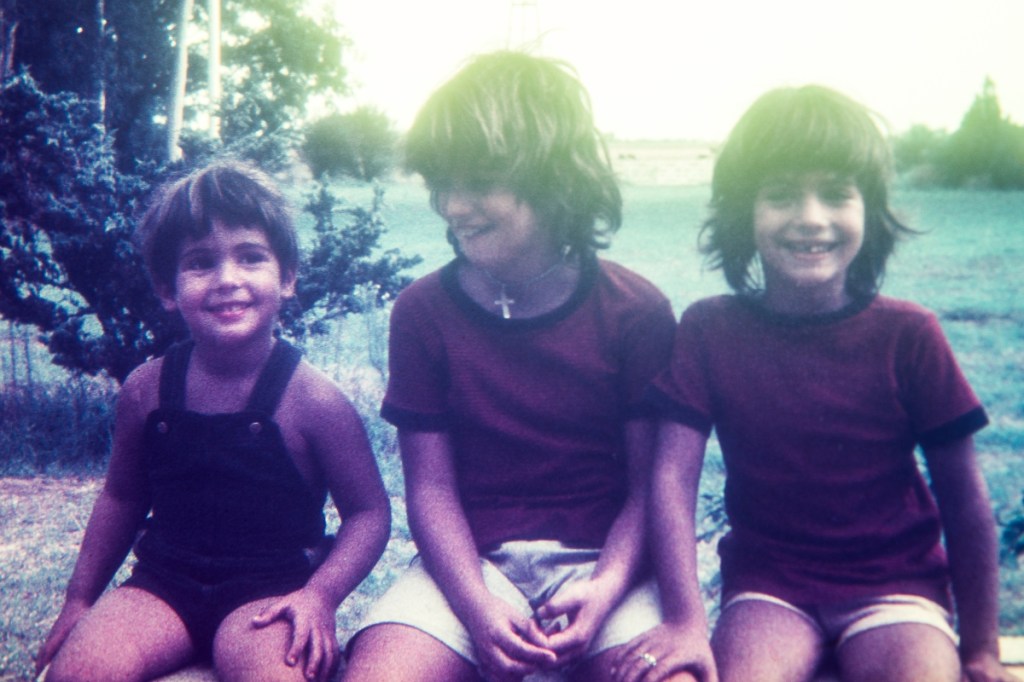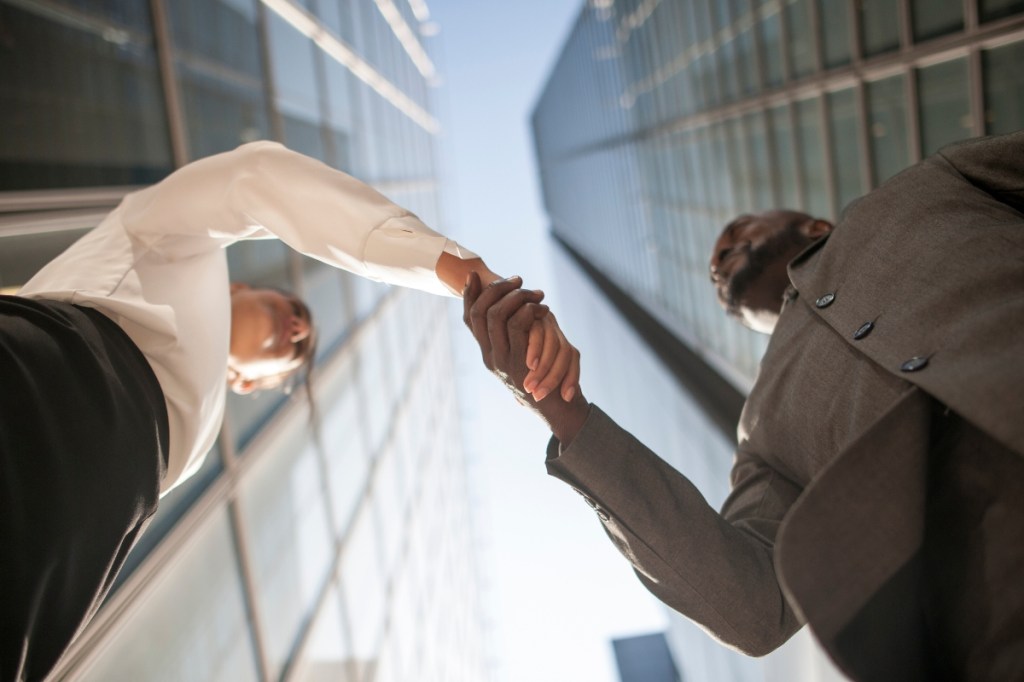When 15-year-old Rayouf Alhumedhi was making a new WhatsApp group chat with her friends last year, they decided to make the title of the group a series of emojis: one to represent each girl. But Alhumedhi had a problem, none of the emojis really looked like her, because she’s Muslim, and wears a hijab.
“I just opted for a regular ‘girl with hair’ emoji but I didn’t understand why there wasn’t a headscarf one,” Alhumedhi told me over the phone from Berlin, where she lives. “There was no reason not to have it.”
Videos by VICE
So she started a mission to change that. Alhumedhi told me she sent off a hastily-written email to Apple that day, but never heard back. It wasn’t until earlier this year, when she watched a Mashable Snapchat story that detailed how to write a formal emoji proposal to Unicode—the consortium that decides on text character standards, including emojis—that she decided to try again.
This time, Alhumedhi caught the attention of Jennifer 8. Lee, a former journalist and start-up founder who sits on Unicode’s emoji subcommittee. Lee told Alhumedhi she had already been mulling over the idea of a headscarf emoji.
“I had done the [push for] the dumpling emoji, and I have a lot of credibility when it comes to dumplings, but I don’t have the same kind of expertise in this area,” Lee told me. “And I was very impressed by the quality of the proposal.”
Lee has helped Alhumedhi refine the proposal to make sure it meets all of the technical qualifications necessary, and connected the teen with her friend Alexis Ohanian, co-founder of Reddit, to help support the proposal. Ohanian also helped Alhumedhi set up an AMA on Reddit’s TwoXChromosomes subreddit on Tuesday to raise more awareness. Lee told me the proposal is now being considered by the committee and she’s hopeful it will pass.
Considering millions of women around the world wear a hijab or other form of head covering, and emojis have become such an integral part of our daily communication, a headscarf emoji would be a logical next step in Unicode’s push to make emojis more diverse and inclusive.
Over the last few years, emojis have slowly become more diverse: you can now select from a variety of skin tones, and family emojis include same sex couples. There are still a lot of limitations, but there’s been a vocal push to prioritize these updates, and at least some folks on the Unicode emoji board are taking that push seriously.
“Emojis can seem like a trivial topic but people use emojis to represent themselves and their lives,” Alhumedhi said. “When the different couples and different skin tone emojis were added there was a huge buzz, and this was because people finally felt represented and acknowledged, which is the same case with the headscarf emoji.”
More
From VICE
-

Kouichi Chiba/Getty Images -

Ramiro Olaciregui/Getty Images -

Connect Images/CI-Start/Getty Images -

Kateryna Kon/Science Photo Library/Getty Images